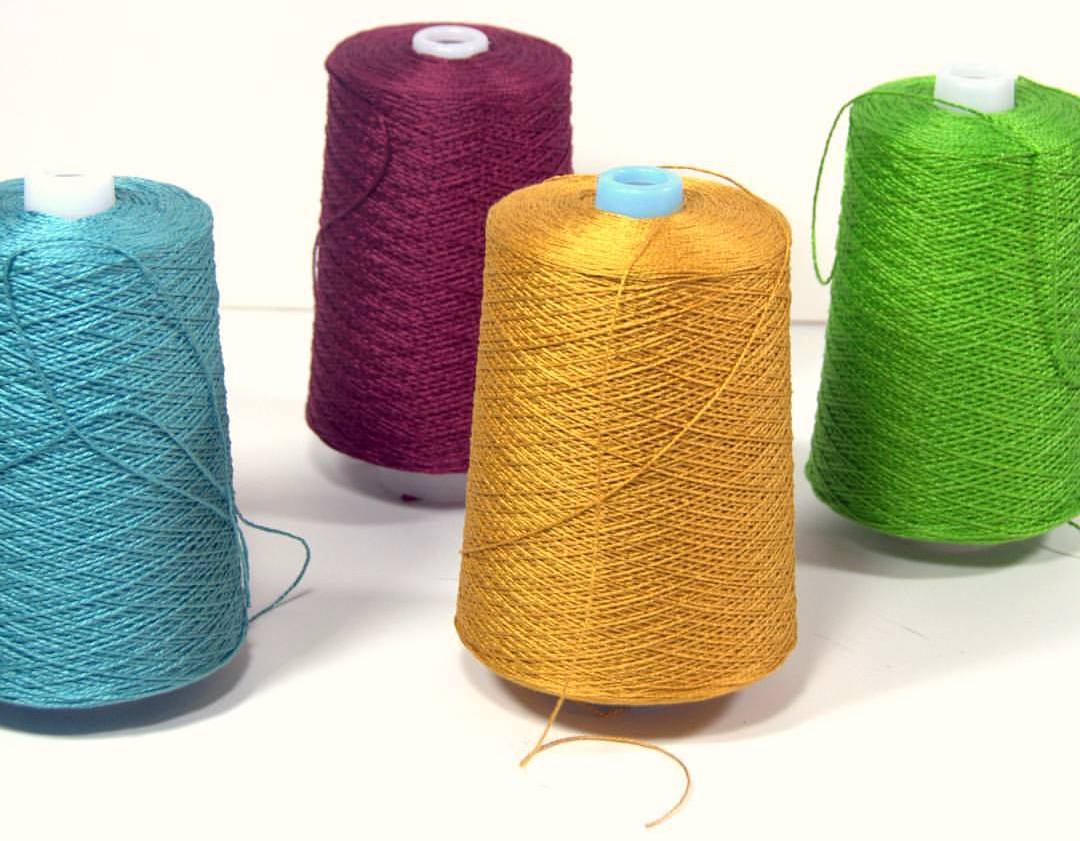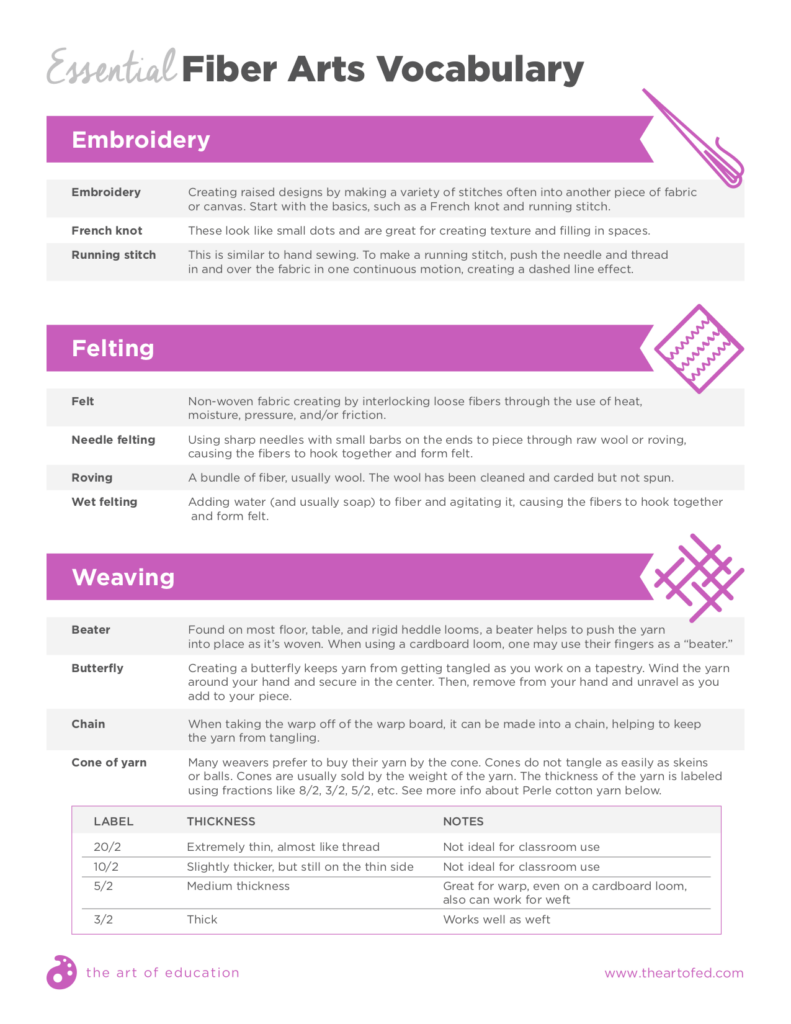I’ve always liked knitting, crocheting, and embroidering, but it wasn’t until after a spectacular failure that I fell in love with fiber.
I was feeling inspired and decided to revisit the weaving techniques I learned in college. I purchased a floor loom and a weaving resource book, ready to create!
Or so I thought.
From the beginning, everything was a tangled mess. I finally found out the book I was following was missing pages! No wonder I was creating disasters. At that moment, I swore off following directions and patterns. Instead, I began to approach weaving with a painter’s mindset.
It’s time to expand the view of fiber and look at it as another medium with which you can make marks and color.
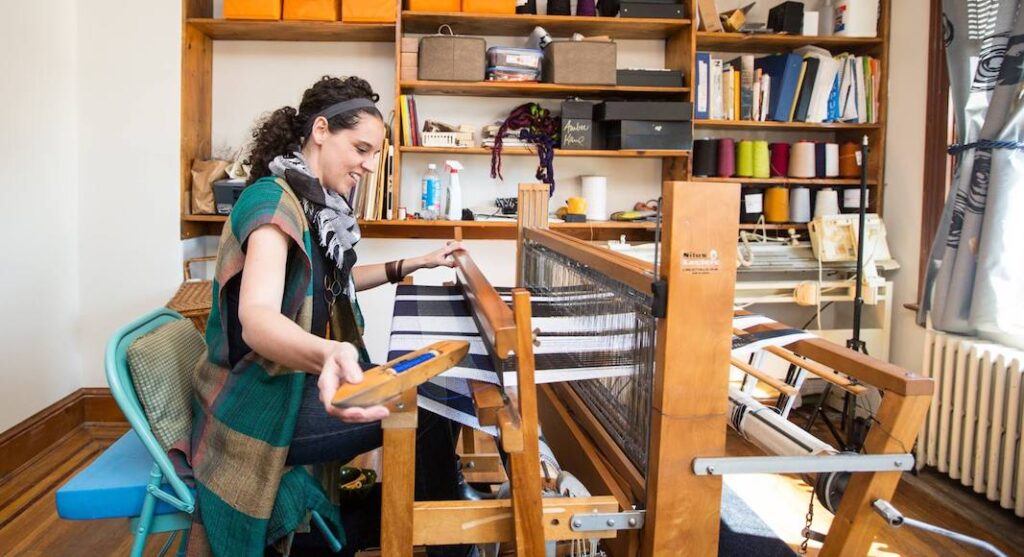
Just like a pencil or paintbrush, fiber can be used to draw lines or color in shapes. With a little background knowledge, teaching fiber arts can be just as accessible as drawing or painting. There are many parallels.
Check out the helpful download below to get started with some basic fiber arts terms. Then, read on to find out how to creatively bring fiber arts into your classroom.
How to bring fiber arts into the classroom in innovative ways.
In order to think creatively about fiber arts in your classroom, it’s helpful to think of the concept you want to teach first and then to think about how fiber arts could fit in. In each example below, you’ll see an art concept followed by a few fresh ways to explore that concept through fiber.
Concept 1: Mixing Secondary Colors
Felting: Students can wet or needle felt two primary colors of roving together to create secondary colors. Consider having students mix colors with paint to compare and contrast the experiences.
Weaving: Use red, yellow, and blue yarn for both the warp and weft, observing how they interact.
Hand sewing: Use a needle and multiple colors of thread like you would a box of colored pencils. Begin laying the colors observing how they interact.
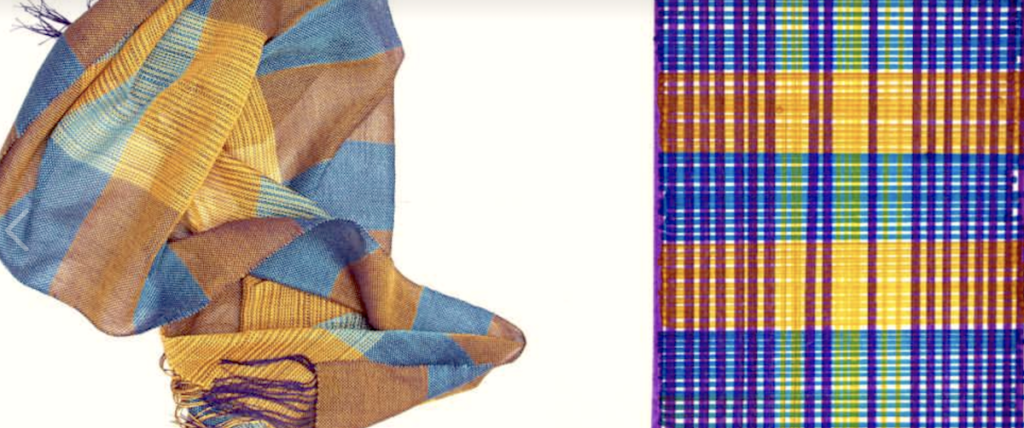
Are you looking for even more ways to experiment with fiber arts and bring them into your classroom? Don’t miss the AOE course, Studio: Fibers. The course is designed to conquer your fears and boost your fiber arts curriculum, no matter how scant or extensive it may be. Take your lessons to the next level with exciting hands-on assignments!
Concept 2: Exploring Line Quality
Hand sewing: Have students create a line drawing with pencil. Then, have them stitch over their lines with at least three different weights of yarn to create variety.
Sewing machine: Explore drawing with the machine. Alter the speed, stitch spacing, and stitch design to create different effects.
Weaving: Leave some of the warp threads unwoven or leave large gaps between the warp when setting up the loom. Once no longer under tension, the unwoven warp threads will take on a life of their own.
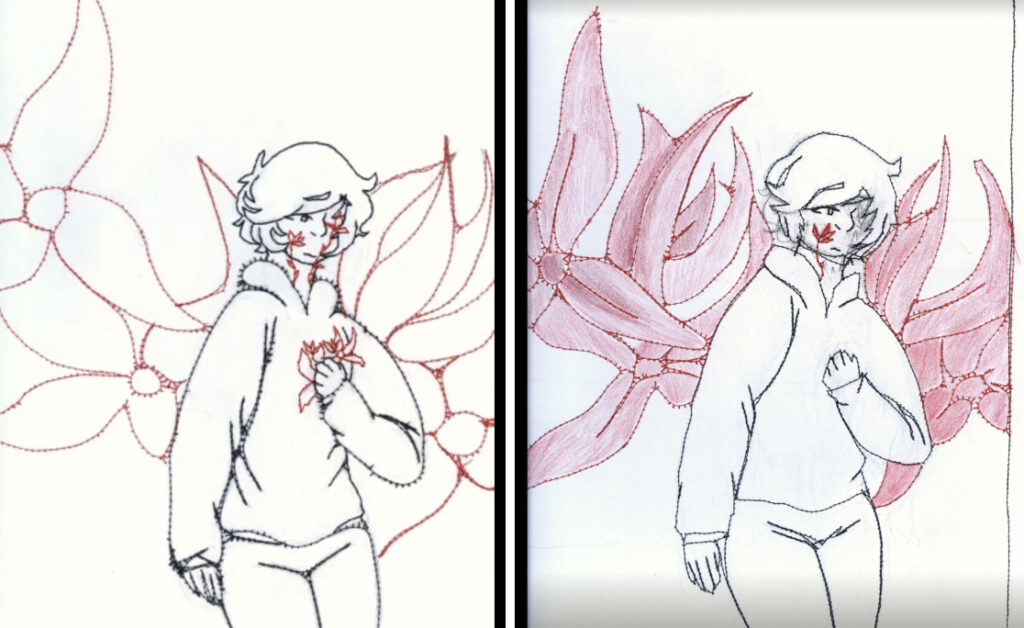
Concept 3: Exploring 2-D Design Principles
Quilting: Collect scraps of fabric or cut up discarded painted canvases. Have students stitch or glue the fabric together, exploring color, shape, and texture.
Weaving: Weave with found materials. Create a warp with yarn, then weave with other materials like paper, sticks, or straws.
5 Fiber Artist to Use as Inspiration
When bringing fiber arts to your students, it’s always great to have some master artists to look to. Here is a list to get you started!
Fiber art doesn’t have to be overwhelming or crafty. Think of it as another medium and enjoy the possibilities. And, if you’re looking for even more in-depth information, check out the PRO Learning Packs we have available about weaving and sewing!
What’s one project you have planned in the next month you could replace with fiber arts?
What frustrations have you experienced when teaching fibers lessons in the past?
Magazine articles and podcasts are opinions of professional education contributors and do not necessarily represent the position of the Art of Education University (AOEU) or its academic offerings. Contributors use terms in the way they are most often talked about in the scope of their educational experiences.
